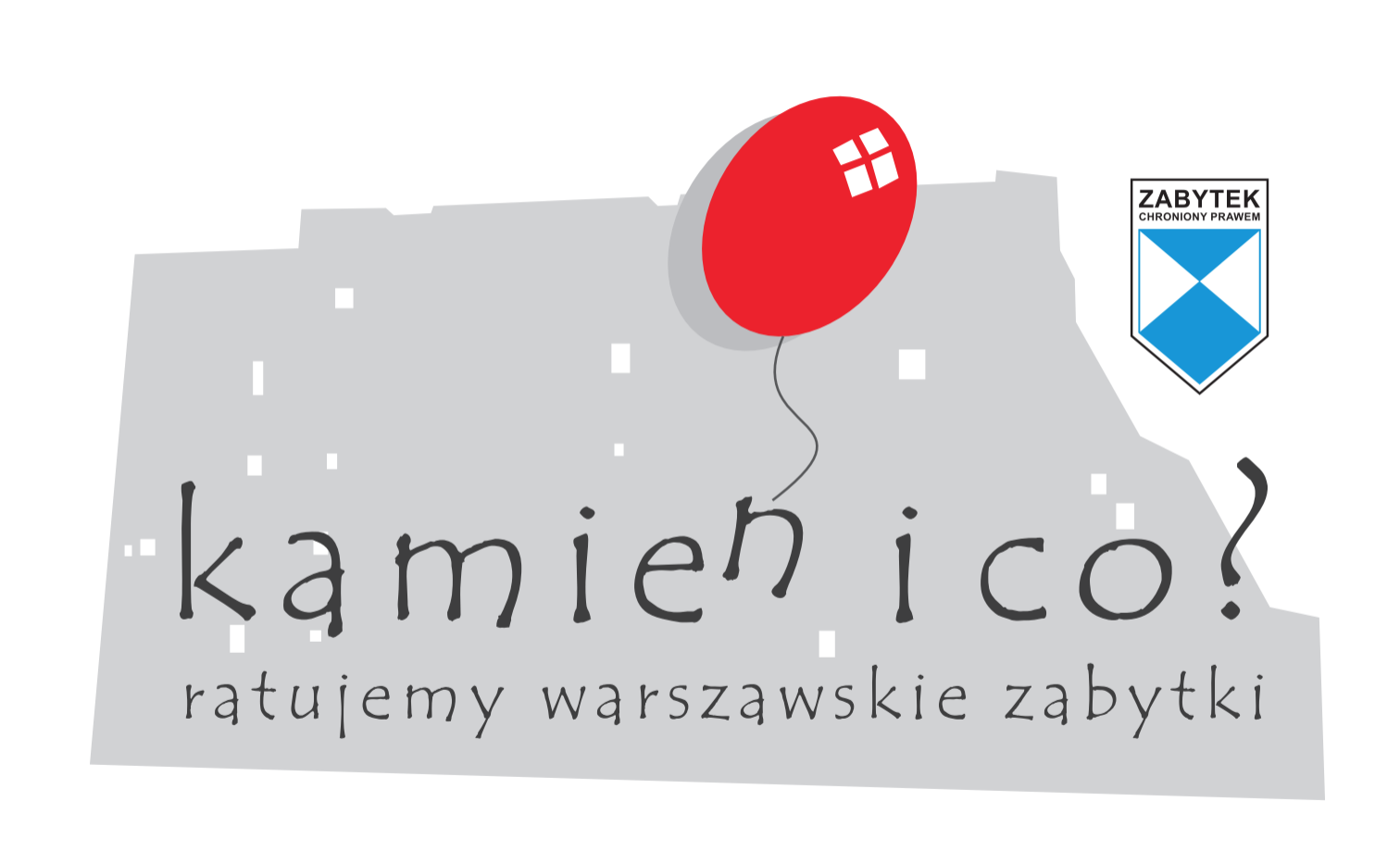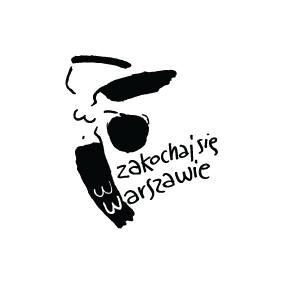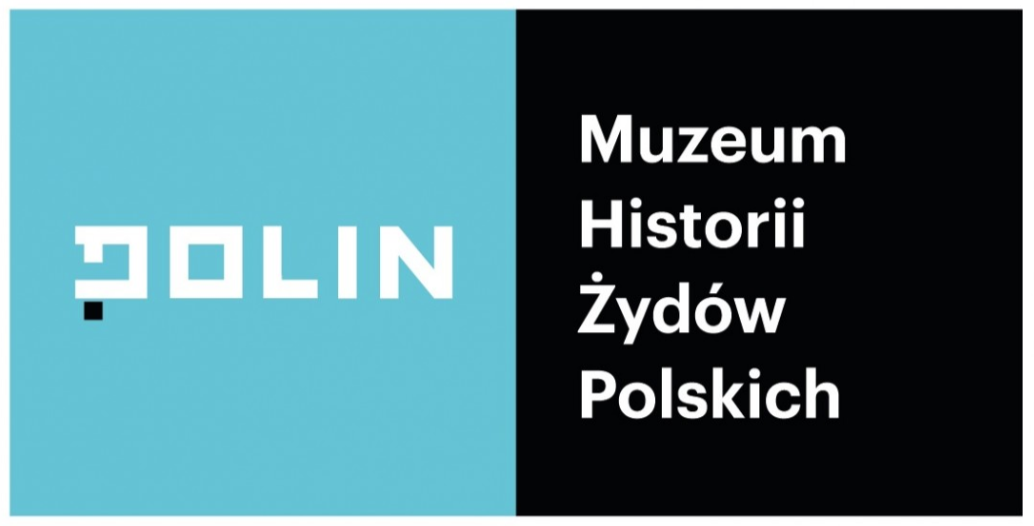
Warsaw Philharmonic (today: National Polish Philharmonic)
5 Jasna Street
A tall, dark-haired man with dark, burning eyes and a piercing gaze. A man of miraculous, almost unimaginable intelligence. […] Music critic, brilliant and extremely accurate in his judgments, exquisite polemicist, and a proponent of progressive musical thought. This is what Konstanty Régamay was like when I met him in Warsaw in the 1930s
– noted Witold Lutosławski. Mieczysław Weinberg quickly attracted the attention of pre-war music critics, including the influential Régamay.
Truly Masculine Interpretation
Konstanty Régamay was a composer, pianist, and Indologist, working in Poland and Switzerland. In the second half of the 1930s, he was considered the most outstanding music critic in Poland. As a critic and promoter of modern music, he followed the achievements of young artists with interest. It is no wonder, then, that he noticed Mieczysław Weinberg, whose career was gaining momentum in the second half of the 1930s.
On 28 May 1937, a gala concert was organised – an annual presentation of the achievements of outstanding musicians from the Warsaw Conservatory of Music. Among others, one could listen to works written by graduates of the composition course: Witold Lutosławski, Stefan Kisielewski, and Zbigniew Turski – it was in the latter’s piano concerto that Weinberg performed the solo part. Konstanty Régamay described Weinberg's interpretation as truly masculine (the pianist was less than 18 years old at the time) and praised his sense of modern style.
From the Film Set to the Philharmonic
The concert reviewed by Konstanty Régamay was not Mieczysław's debut at the Warsaw Philharmonic. A year earlier the audience had the opportunity to listen to him for the first time, three months after the premiere of the film "Fredek Beglads the World". On 10 December 1936, a concert of the Polish Society of Contemporary Music took place, during which Mieczysław Weinberg premiered the Piano Trio composed by Andrzej Panufnik, his colleague from the Conservatory.
This concert was also reviewed by Konstanty Régamay, who failed to mention the names of the performers. However, another reviewer, Jan Maklakiewicz, does mention them.
Andrzej Panufnik captured the rich inner content of his Piano Trio within a sophisticated and colourful outer frame. The suggestive purity and sincerity of the young composer's afflation took over the players. Therefore, the interpretation of the Piano Trio performed by S. Jarzębski (violin), J. Bakman (cello), and M. Weinberg (piano) turned out splendidly.

The Most Splendid Concert
In the 1930s, Warsaw was a true musical centre of Poland. Famous performers such as J. Hofmann, A. Schnabel, and G. Fitelberg worked and performed here
– recalls the composer Lew Abeliowicz, who was friends with Mieczysław Weinberg at the Warsaw Conservatory.
Many years later, Mieczysław Weinberg described Sergei Rachmaninoff's performance from February 1936 as one of the most splendid concerts he had ever had the opportunity to listen to. At that time, the composer presented his Piano Concerto No. 2 in C minor and his Rhapsody on a Theme of Paganini. Naturally, after the concert, he and his friends from the Conservatory went to the Nowa Gospoda bar at Jasna Street. This venue was considered a "branch" of the Philharmonic, where one could often find young musicians discussing music.
Weinberg was not the only one impressed by Sergei Rachmaninoff's concert. The composer also inspired other students of the Warsaw Music Conservatory, which is evidenced in the works chosen by pianists for their graduation concerts. Already in the summer of 1937, Tatiana Wojtaszewska drew Konstanty Régamay’s attention with the volubility with which she performed the Rhapsody on a Theme of Paganini. Mieczysław Weinberg's biographers also write about his graduation recital from 1939, during which he presented his interpretation of Piano Concerto No. 3.








